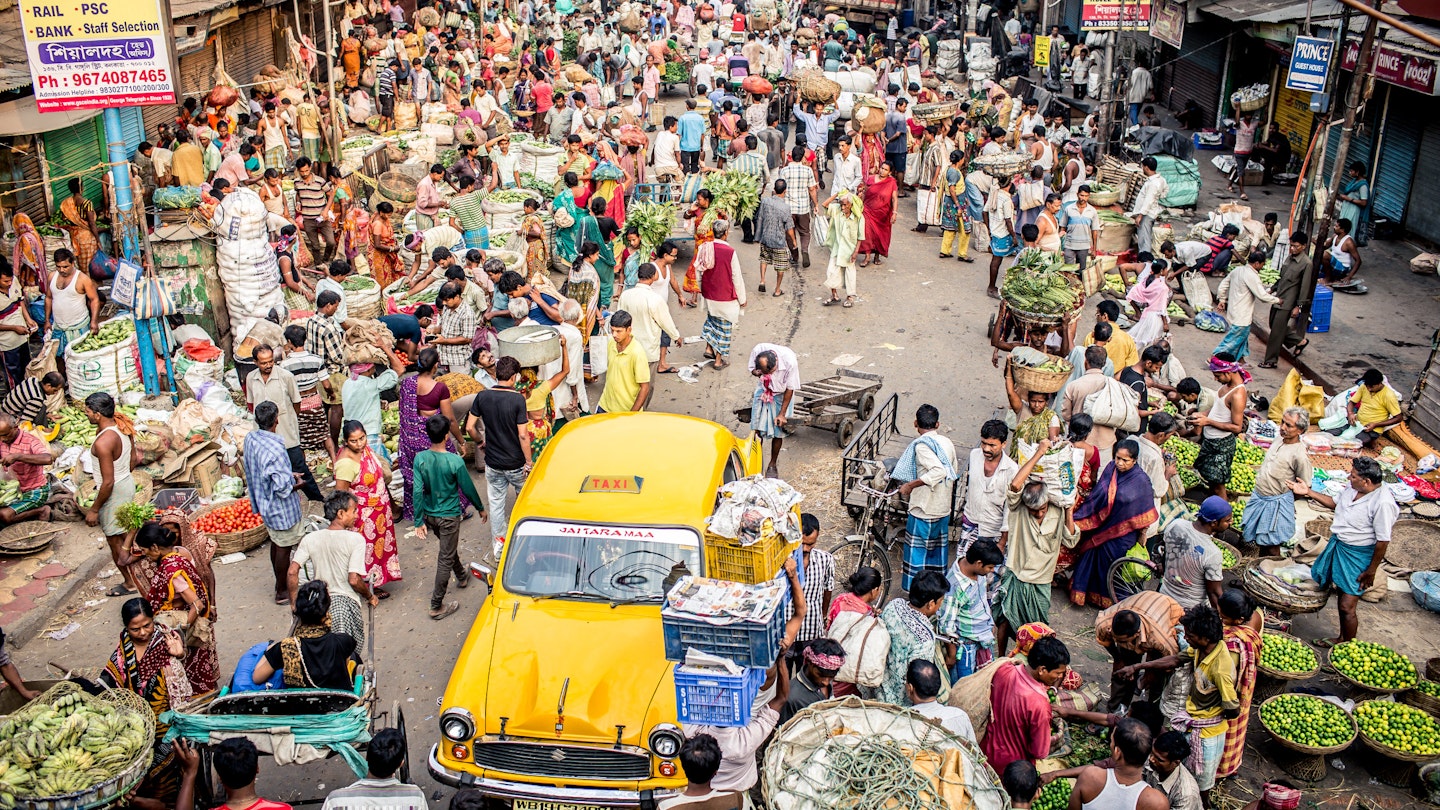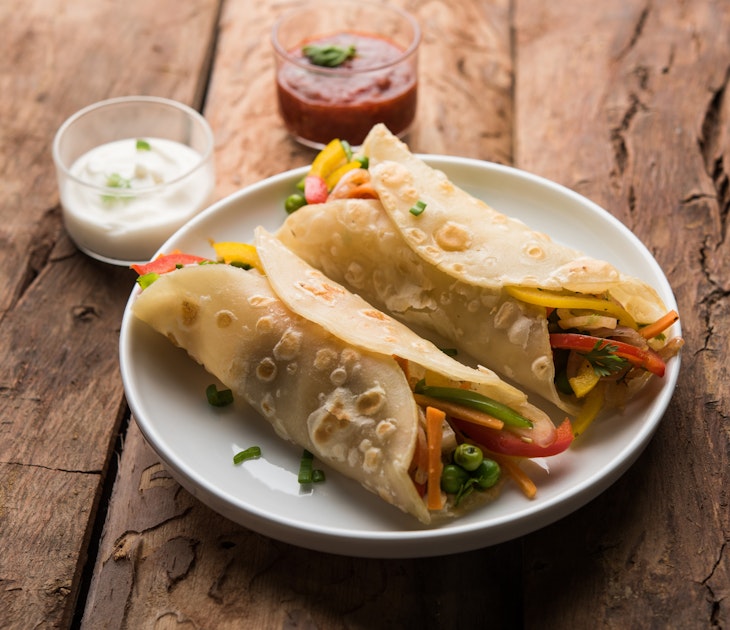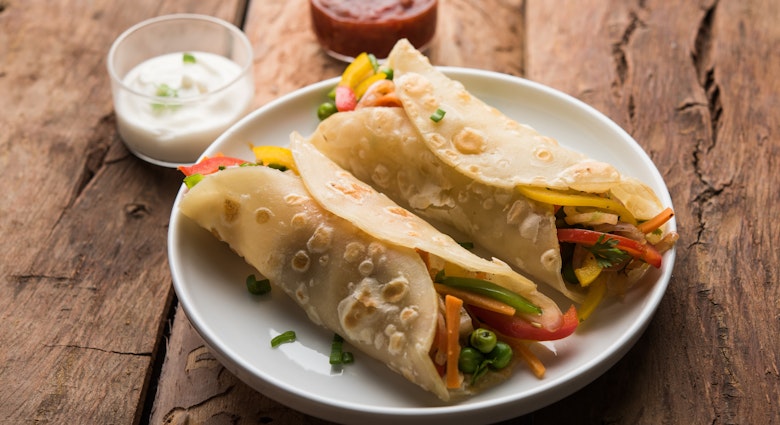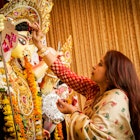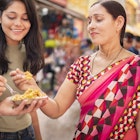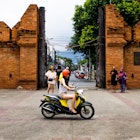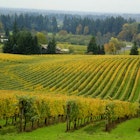Amongst Indian foodies, Kolkata is celebrated as a gourmand’s paradise, home to one of the most evolved culinary traditions in South Asia. Locals are not only proud of their food, they go about their epicurean drill with snobbish sophistication, and it pays to know the ropes before you run into the nearest eatery and order up a Bengali feast.
Needless to say, a quick brush-up on the basics of Bengali cuisine should stand you in good stead before you visit. For starters, here’s an essential breakdown of some of Kolkata’s magnificent delicacies (and where to find them) in India’s cultural capital.
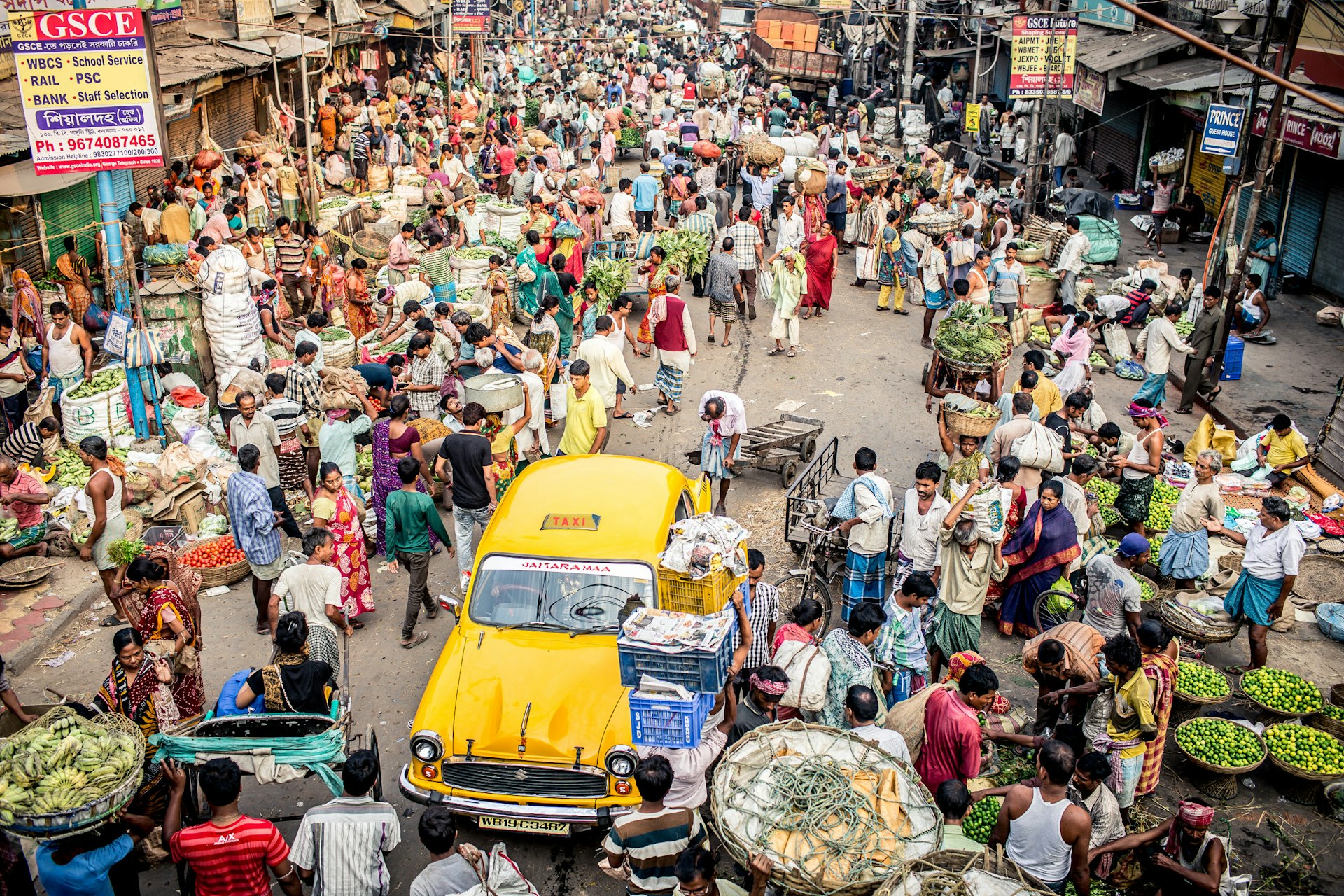
Bengal's slippery feast
Thanks to the abundant shoals of fish in the rivers emptying into the Bay of Bengal, Kolkata citizens cook fish in innumerable permutations, but the types of fish used in different recipes are somewhat cast in stone, and certain traditions are never toyed with. For instance, the iconic ‘fish fry’ almost always refers to the bhetki (barramundi), coated in flour and breadcrumbs and then deep-fried as a standalone dish or as an accompaniment to rice and dhal.
Another fried favourite is the hilsa (also known as ilish) a close relative of the herring, pan-seared in slices in mustard oil and served fresh from the kadai (Indian wok) as ilish maach bhaja. Bengal's favourite fish also crops up in street food dishes such as paturi (hunks of fish oven-baked in a banana leaf wrap with a mix of spices) and jhol (fish steaks in a spicy gravy seasoned with mustard paste and green chilli).
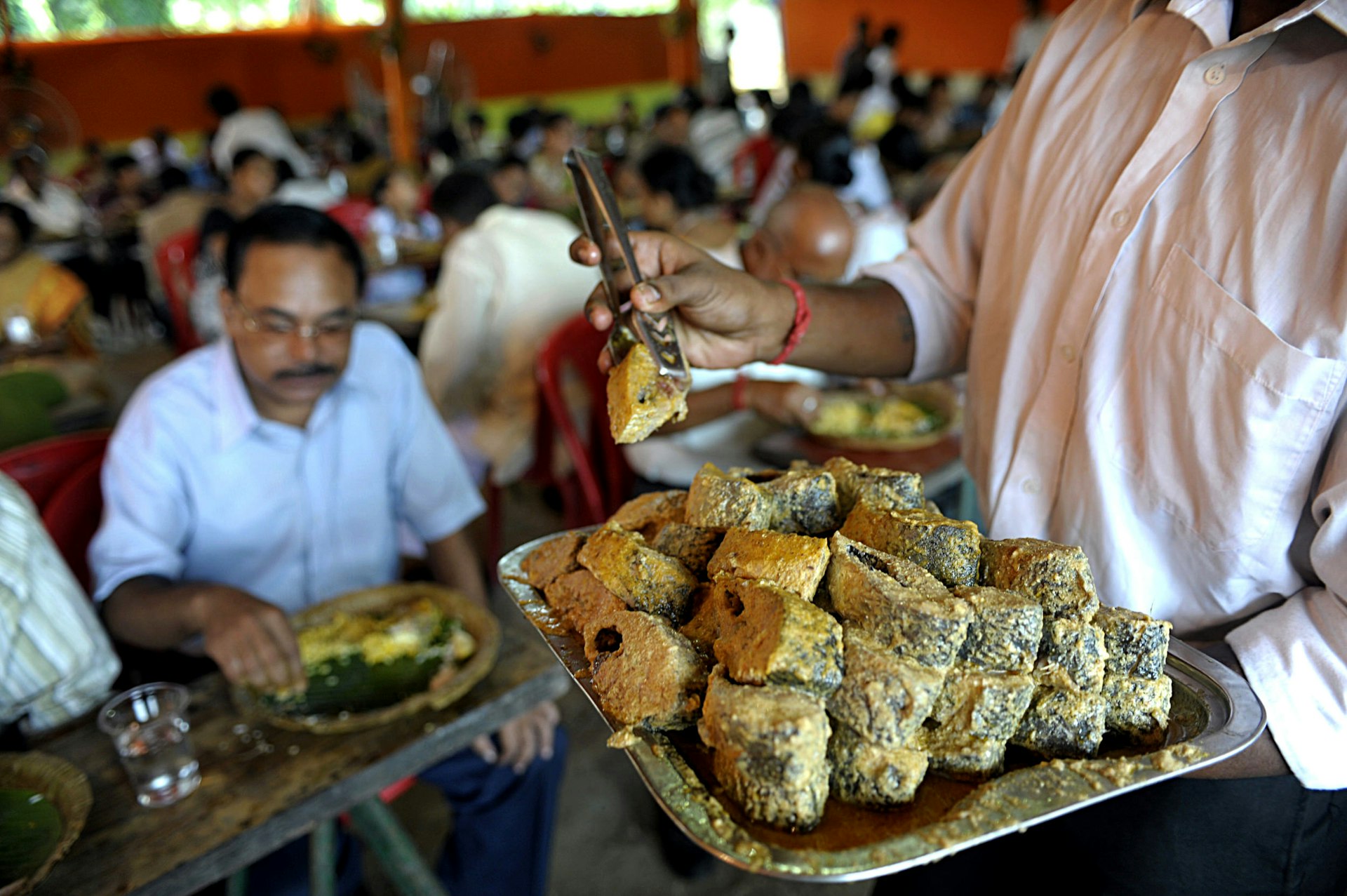
The ubiquitous Bengali fish curry, on the other hand, takes on myriad forms. Rohu, an Indian species of carp, appears as kalia, in a thick gravy of onion, ginger, garlic, red chilli and garam masala, or doi maach, in a light and aromatic yoghurt sauce. Keep an eye out for the legendary prawn malaikari, a sublimely tropical dish tempered with coconut milk and garam masala.
Fish feasts abound in Kolkata. For an authentic sampling of any (or all) of these dishes, book yourself a table at downtown favourites Kewpies, Oh! Calcutta, or Suruchi. Alternatively, wander south and dine in swish comfort at 6 Ballygunge Place in Ballygunge, or join the happy crowds at Bhojohori Manna, near the Rabindra Sarovar.

The great Bengali biryani
Unless you fancy culinary excommunication, never confuse the Kolkata biryani with its cousins from Hyderabad, Delhi, Lucknow or Dhaka. All are gastronomic heavyweights, but what marks out the Kolkata version is a poached potato, supposedly introduced by a 19th-century nabob (Mughal governor) during a year of drought, to supplement the shortage of rice.
The Kolkata variant also uses a unique strain of long-grain rice, and the meat (often chicken or a juicy chunk of marinated mutton) is semi-cooked separately before being added to the rice and potato for the final stage. Judge the results for yourself by visiting Arsalan or Shiraz, both conveniently close to the centre, where plates of biryani fly thick and fast out of the kitchen at mealtimes.
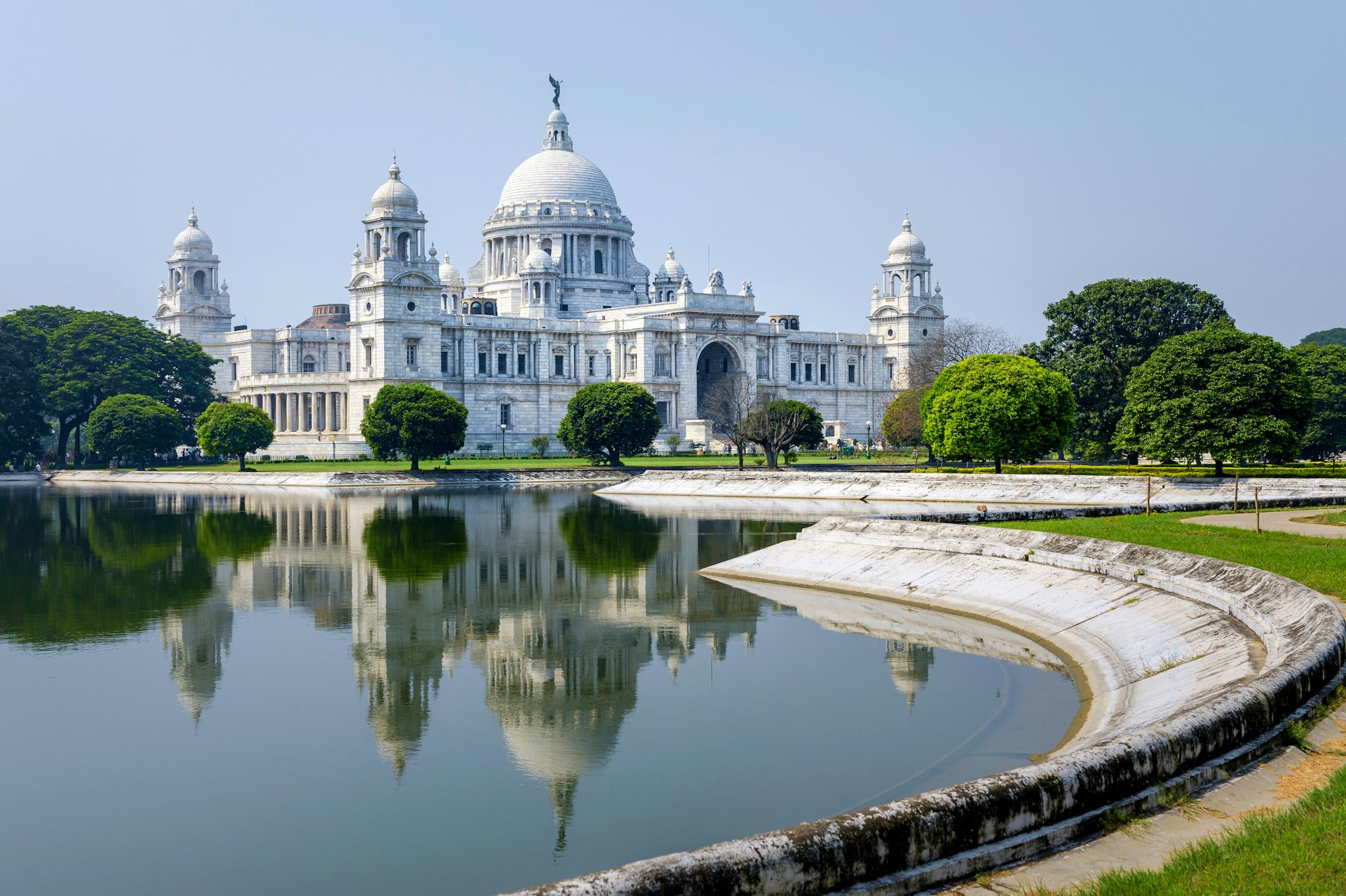
Kolkata’s colonial creations
Kolkata’s long and often chequered colonial history has ensured a substantial influx of assorted European recipes and cooking traditions into the local gastronomic scene. Over the centuries, Indian and imported ideas were fused, and many staunchly British dishes were organically blended with regional ingredients and cooking techniques to assume a uniquely Indian identity.
Lacking a better name for these borrowed and modified European dishes, Kolkata now refers to them as ‘Continental’, a term that covers an eclectic repertoire of European-style dishes, from roast meat, steaks and grills to stroganoff, Ukrainian-style stuffed chicken cutlets and baked fish in meunière sauce. Look out for the sizzler, an American dish revamped in India as a hunk of chicken, meat or fish, served with gravy and vegetables on a sizzling iron platter that arrives at the table in a cloud of steam.
Continental cooking was all the rage in India in the 1950s and 60s, when Park Street was the swinging capital of Kolkata cool. Park Street stalwarts Peter Cat and Mocambo are recommended places to try this hybrid cuisine, or sample the backpacker version amidst the Sudder St hubbub at Blue Sky Café.
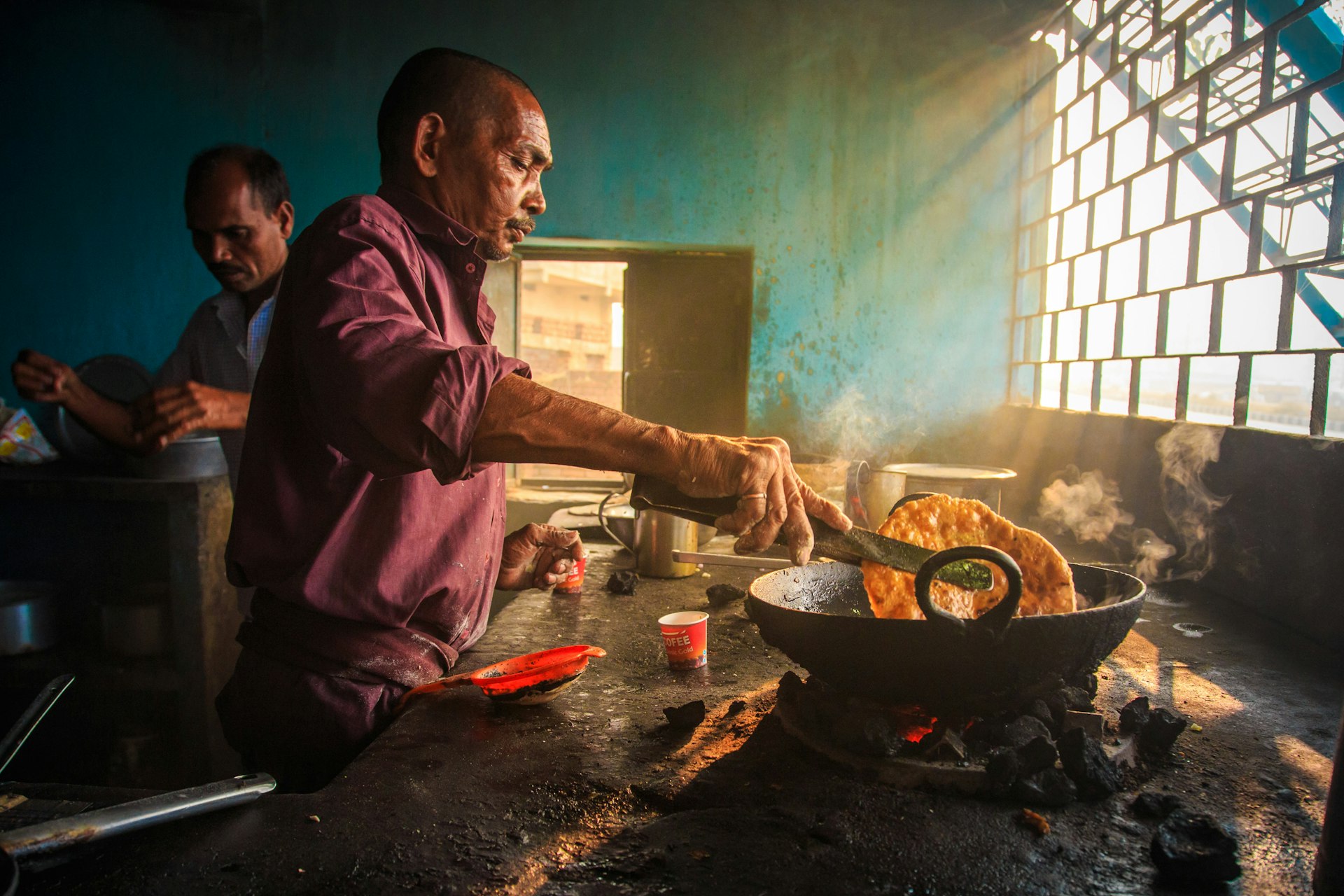
Eat the streets
You could write an entire tome on Kolkata’s fabulous street food, which covers everything from lip-smacking light bites such as singara (a cousin of the samosa with a filling of potato, peanuts and peas), hing kochuri (a puri-style preparation flavoured with asafoetida and filled with mashed green peas), jhal muri (a crunchy and spicy salad of rice crisps, peanuts, diced potato and masala spices) and phuchka (deep-fried semolina balls filled with spicy potato puree and tangy tamarind sauce). Another Kolkata favourite is the kathi roll (mutton, chicken or paneer kebabs wrapped in a flaky paratha with a spicy sauce), often grabbed by locals from hole-in-the-wall canteens for the home-time commute.
The inventory also borrows popular snacks from across the subcontinent. Look out for filling momos (Tibetan dumplings) and fried noodles from the West Bengal Hills, bhel puri (a crisp, fried noodle salad) from Mumbai’s beaches and chhola bhatura (giant puris with chickpea curry) from Old Delhi’s streets. Locals all have their own favourite stops for the definitive form of each dish, but eateries such as Haldiram’s, Hot Kati Rolls and the food stalls crowding Dacres Lane are good starting points for sampling Kolkata’s snack pack.

Kolkata’s sweet tooth
Don’t leave Kolkata without biting into a roshogolla – the legendary Bengali dessert made from spongy cottage cheese balls soaked in sticky syrup that was invented by Kolkata confectioner Nobin Chandra Das in 1868. Mishti doi, creamy sweetened yoghurt, also provides the perfect endnote to a hearty meal, while cham-cham (a family of thick-textured curd-based desserts) are often enjoyed as evening snacks or for high tea.
Run by descendants of the esteemed Nobin Chandra Das, KC Das is one of the city’s top confectioners, and has a formidable reputation for serving the best of these delectable sweetmeats. On the other hand, if you’re more of a chocolate-and-cream person, visit Kookie Jar for a dose of truffle cake and dark chocolate mousse, or Nahoum Bakery for a rich walnut brownie or lemon cheesecake.

